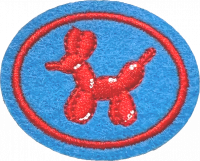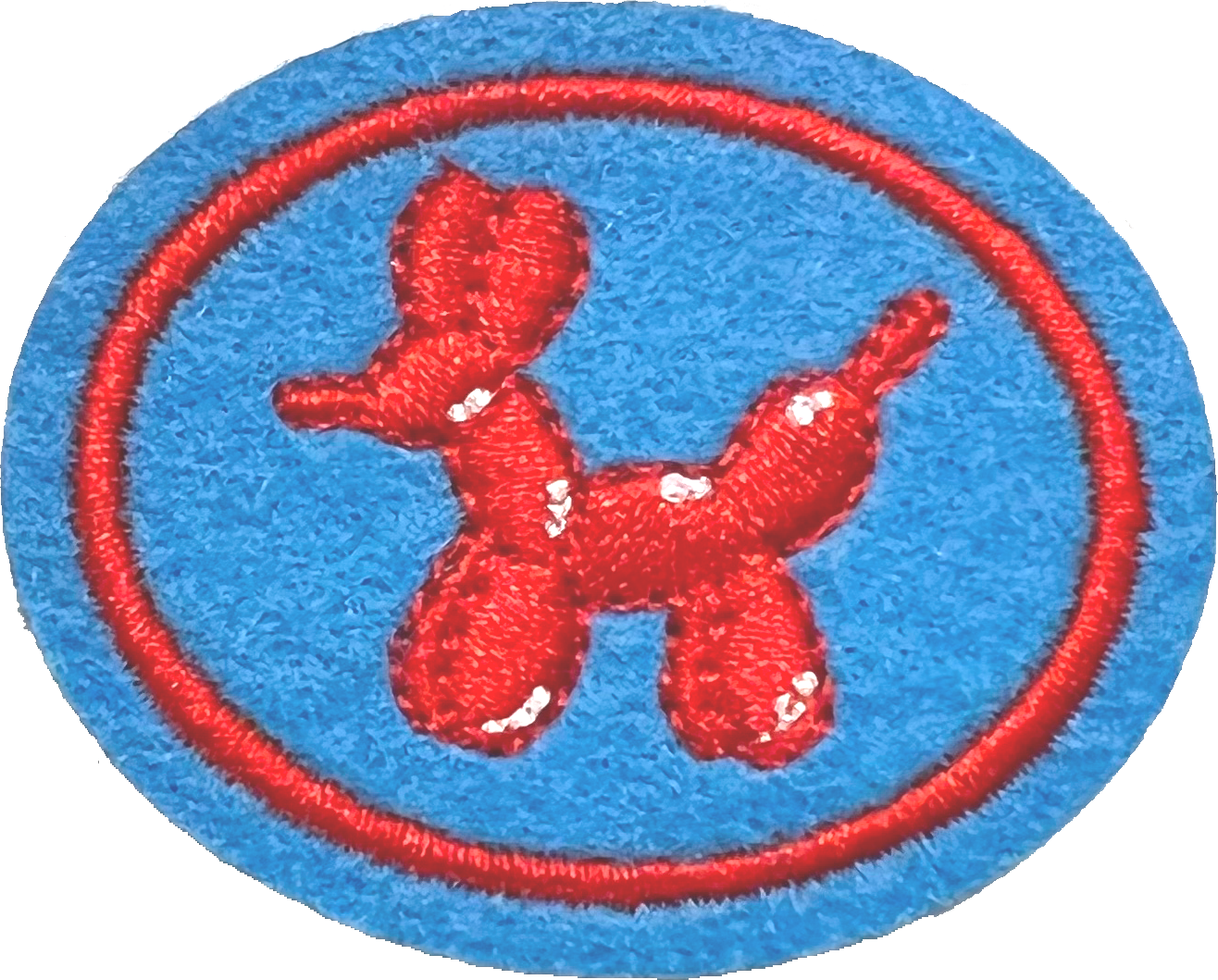AY Honor Balloon Sculpting Answer Key
Before you start: Make sure all the people doing this honor have no latex allergies or are overly sensitive to sound. Not everyone can handle the sounds of balloons, and some with anxieties cannot handle the thought of a balloon popping. As always, be mindful of the needs of the Pathfinders in your group.
1
The rubber balloon was invented by Michael Faraday in 1824, during experiments with various gases. He invented them for use in the lab to trap gases for study.
2
There is dispute as to who the first artist truly was. The 1975 book by "Jolly the Clown" Art Petri credits "Herman Bonnert from Pennsylvania at a magician's convention in 1939" as being the first balloontwister.& Val Andrews, in Manual of Balloon Modeling, Vol. 1, An Encyclopedic Series, credits H.J. Bonnert of Scranton, Pennsylvania as being the "daddy of them all".& Jim Church III states, "Frank Zacone from Youngstown, Ohio was doing a balloon act during the 1940s and had been doing the act for some time."& Another candidate for first balloon twister is Henry Maar.
The first record of a balloon artist was in The Sphinx, Vol. 33, no. 1, March 1934, in a column titled Squaks. “Magic and Magic galore in the past weeks. First the S.A.M, Ladies Night, then the Keystone State Federation of I. B. M. Rings came with a two day convention. Both were a huge success. Delegations from Baltimore, Lancaster, Scranton, Harrisburg, Allentown, New York and several other cities arrived altho the cold was extreme. Zero weather failed to keep the faithful away. The most novel performance was given by Herman Bonnert from Scranton, PA. He makes all kinds of designs out of ordinary balloons.”
3
- Do not bite the balloon. When it pops, a piece can go in your throat and choke you. A piece of latex can block the airway and is almost impossible to get out in time.
- Do not force your lungs to inflate a balloon. If they are not strong enough, you can damage your lungs. It is best for beginners to use a pump. Do not feel bad if you can not use your lungs. Most balloon sculptors use pumps.
- Never give a balloon to little kids that are still putting things in their mouth, as it may pop and hurt the kid as mentioned before.
- Before giving a balloon to someone, make sure they do not have an allergy to latex.
4
- Make sure your fingernails are not too long, as they can rip the balloon.
- Trim up any breaks in your fingernails, as they can rip a hole in the balloon.
- Remove any dead skin hanging off around the fingernail.
- Sand your fingernails so they are round and smooth.
5
- Sharp fingernails
- Over twisted
- Not enough tail on the balloon
- Old balloons
- Flaw in the latex
- Static electricity
- Sudden changes in barometric pressure
6
- Stretch your balloon first.
- Use a balloon pump to inflate your balloon.
- After inflating the balloon, let a little air back out.
- Do not inflate the balloon all the way. Leave a tail about 4 to 6 inches long. The more twist you use in your sculpture, the more tail you will need.
7
- Pull the neck of the balloon around your first two fingers.
- Push the lip of the balloon between your fingers and under the balloon already wrapped around your fingers.
- Pull on the lip of the balloon to pull it tight.
8
- Take the balloon and rub your hands up and down the balloon. Listen to the sound it makes to get used to them.
- Pop a Balloon to get used to the bang so you know it is ok. It is just sound. If you need to, pop more than one. If you have sensitive ears you may want earplugs.
9
- Twists must be twisted in the same direction.
- Each twist needs to be twisted a minimum 3 and no more than 5 times.
- If you let go before using a lock twist, it will come untwisted.
- Never pinch the balloon with the tips of your fingers. Use the sides of your fingers. Fingernails will pop balloons.
10
10a
Hold the balloon in your left hand. Pinch the balloon with your thumb and index finger and twist with your right hand. Twist 3 times. Do not let go! If you pinch the knot end between your 4th finger and your palm, you can slide your left hand down the balloon and make more twists. Make sure all your twists go the same direction or it will untwist. As long as you hold the knot end against your palm, you can make the chain as long as you have balloon to twist.
10b
When you have 3 basic twists in a row, you can twist the 2nd & 3rd bubbles to gather to lock them. Without a lock twist, all your twists will untwist when letting go.
10c
Take a bubble and fold it over and twist it.
10d
After a lock twist, make a basic pinch twist to make a new bubble about the same size as the bubbles in a lock twist. Lay the new bubble along between the 2nd & 3rd bubble. Using both hands, roll the 2nd & 3rd bubbles over the new bubble.
11
There are many ways of making balloon animals. You can find step-by-step instructions for almost any balloon animal online or in a book.
11a
11b
11c
11d
11e
11f
11g
11h
11i



